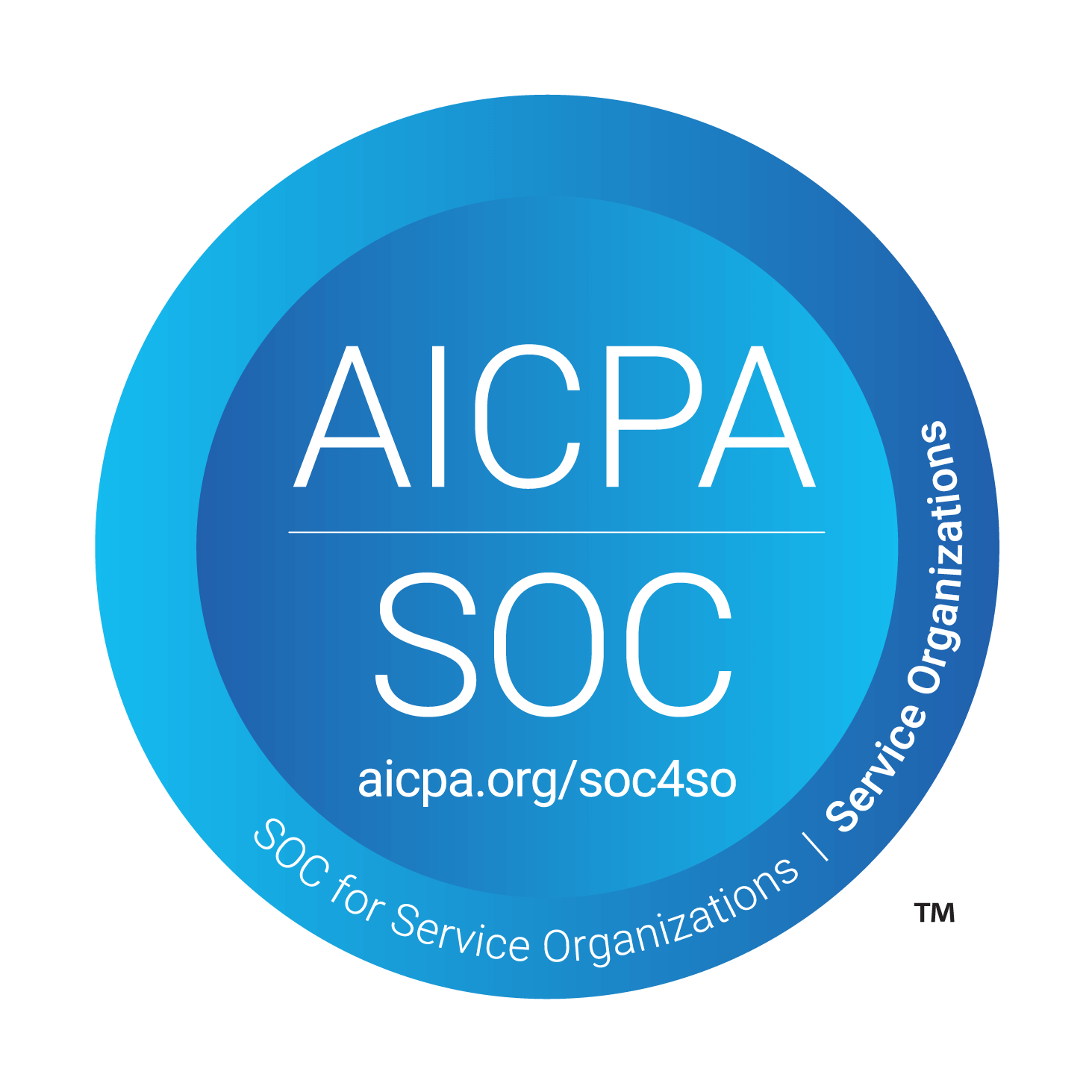
As it stands today, cryptocurrency is generally treated as an intangible asset for accounting purposes. Accordingly, most companies place crypto assets in the intangible asset category on their balance sheet.
Because crypto is treated as an intangible asset, it is commonly measured at its historical cost, less impairment. When reviewing their crypto assets, companies must write down the book value of crypto to reflect a drop in its value. However, they can only record an increase in value upon selling the asset in question.
Unfortunately, using impairment in the context of crypto can often give business owners and shareholders an inaccurate perception of the total value of the company’s assets. It’s for this reason that business leaders have been lobbying for a change in accounting standards and practices.
The status quo in crypto accounting seems to be changing, however, as the Financial Accounting Standards Board (FASB) recently ruled that in most cases, companies should apply the fair value standard instead of impairment when assessing the value of crypto assets. While the ruling has not yet gone into effect, and not all companies follow the FASB standards, the ruling underscores a growing trend toward a fair value measurement.
Fair value is the price that would be received if an asset were to be sold in the principal market. In order to calculate fair value, you must be familiar with the principal market concept in the context of crypto assets. Unsurprisingly, identifying the principal market is complex in the case of cryptocurrency because the environment surrounding the asset class is new and changing rapidly.
This article will break down the ins and outs of the principal market and help you better understand the key considerations.
Principal Market and US GAAP ASC 820
US GAAP ASC 820 states that the principal market is that which has the highest volume or level of activity. In general, the principal market is assumed to be the market that the company normally uses for asset transactions.
If it is not possible to identify a principal market, then the most advantageous market should be used to determine fair value. Additionally, a company does not have to do an exhaustive search to identify the principal market, but it should consider all reasonably available information.
US GAAP allows for the possibility that companies may identify a different principal market even when determining the fair value of an identical asset. This suggests that the principal market is not universal to every company. The principal market may differ due to the company’s activities or ability to access certain markets.
Principal Market and IFRS 13
The IFRS 13 framework regarding the principal market is very similar but not identical to the GAAP framework. In general, the principal market is the one with the highest volume or level of activity. If a principal market exists, it must be used to determine fair value.
It is assumed that the market where a company normally makes asset transactions is the principal market. If, however, it is not possible to identify a principal market, then the most advantageous market can be used to determine fair value.
Like GAAP, it is not necessary to undertake an exhaustive search to identify the principal market, but all reasonably available information should be considered. When a company transacts in multiple markets for the same asset type, the company should document which market price is used and what process was followed to determine the principal market for the purposes of fair value.
Challenges in Choosing a Principal Market for Crypto Assets
Cryptocurrency is a revolutionary advancement that has changed the way we think about money in the global economy. However, the revolutionary nature of crypto creates complexities when trying to integrate it into our traditional structures of business and accounting. Although US GAAP 820 and IFRS 13 provide a general roadmap to identifying the principal market, they do not provide a definite answer.
The difficulty of identifying a principal market is due in no small part to the dispersed nature of the crypto marketplace. For example, there are hundreds of crypto exchanges and over-the-counter markets that are operating currently. In addition, there are all sorts of crypto assets, including pooled assets, bridged assets, wrapped assets, derivatives, and many others.
Many questions come to mind when trying to identify a principal market. While governments are beginning to exert their influence on the crypto marketplace, many crypto exchanges remain largely unregulated. Given the lack of regulation in the crypto space, which crypto exchange is the most reliable option when trying to assess fair value? Additionally, many crypto exchanges have varying levels of transaction volume and frequency for a particular asset over time. Can these exchanges still serve as the principal market for the asset in question? Finally, crypto exchanges never close. When is the appropriate time to assess the fair value of an asset in the principal market?
Unfortunately, neither GAAP 820 nor IFRS 13 provide a concrete answer to these questions. However, both provide a workable framework to guide your research. The secret to identifying a principal market is establishing a consistent and repeatable process. Once your process for identifying the principal market is established, it will be much easier to assess fair value in the future.
Best Practices for Identifying Principal Markets for Crypto Assets
When it comes to determining the principal market, GAAP 820 and IFRS 13 agree on several best practices. Before starting the process, it is important to note that fair value and the principal market may vary between organizations, even for an identical asset. Fair value and the principal market are specific to each organization’s circumstances, and therefore, it is not necessary to arrive at the same answer across multiple organizations.
Many organizations that are new to identifying the principal market mistakenly believe that they can simply take an average value of an asset across multiple markets in order to find a fair value. Based on GAAP 820 and IFRS 13 guidelines, this practice is not advisable. In fact, GAAP 820 and IFRS 13 make it clear that a principal market must be identified in order to find the fair value of an asset.
As mentioned earlier, the principal market must have sufficient transaction frequency and volume. If these criteria are not met, the fair value of the asset in question may not be reliable for accounting purposes. Typically, the principal market has the greatest volume and level of activity for the asset.
As you probably know, the transaction volume and frequency on crypto exchanges can vary significantly over time. This makes it difficult to identify a single principal market. Relying exclusively on one market when determining fair value can provide unreliable data. That’s why many crypto accounting experts favor a dynamic approach whereby crypto markets are researched each time it is necessary to establish a fair value for an asset. In practice, the dynamic approach often results in a situation where you may not identify the same principal market every time you need to find a fair value for a particular asset.
After identifying the principal market, the next step is determining fair value. Best practices with regard to fair value suggest that you should use the exit price (not the entrance price) for the asset and use market-based, orderly transactions. The exit price of an asset simply means the price that would be received to sell an asset rather than the price that would be given to purchase an asset. In this context, an orderly transaction is a transaction that “...assumes exposure to the market for a period before the measurement date to allow for marketing activities that are usual and customary for transactions involving such assets or liabilities; it is not a forced transaction (for example, a forced liquidation or distress sale).” Simply put, you should rely on ordinary rather than rare or unusual market transactions when determining the fair value of an asset.
Bitwave as a Solution for Identifying Principal Markets
If your organization is having trouble identifying fair value and the principal market, Bitwave might be just the answer you have been looking for. Bitwave can track and organize all of your DeFi assets, giving you a real-time view of what you own. With Bitwave’s insights, you will be able to see which markets you transact in most frequently and separate transactions according to asset type. Perhaps most importantly, Bitwave provides mark-to-market calculations that can help you determine the fair market value of your assets. Bitwave also has a powerful and configurable rules engine that allows you to automate your accounting and bookkeeping tasks. Schedule a demo, and let us show you how Bitwave can work for you.


Disclaimer: The information provided in this blog post is for general informational purposes only and should not be construed as tax, accounting, or financial advice. The content is not intended to address the specific needs of any individual or organization, and readers are encouraged to consult with a qualified tax, accounting, or financial professional before making any decisions based on the information provided. The author and the publisher of this blog post disclaim any liability, loss, or risk incurred as a consequence, directly or indirectly, of the use or application of any of the contents herein.




.png)


